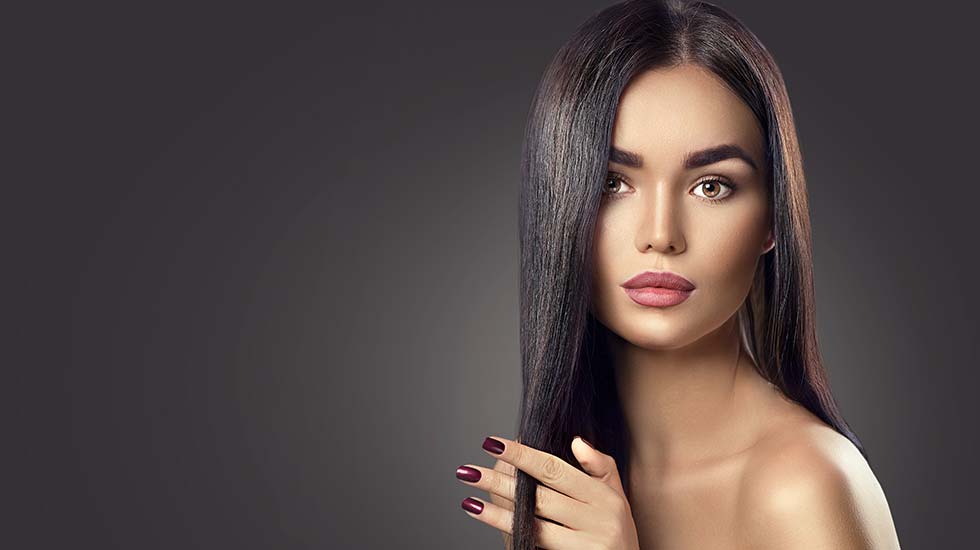If you are one of those people with low porosity hair, there is a big possibility that you were born with it. The porosity of hair is among the things that are genetically passed down. Even if there are specific behaviors that change the hair porosity level, it normally becomes porous, and not less. Similar to anything that you are born with, you have to learn what works for your hair and what you should avoid.
For instance, going to a permanent hair straightening salon might not be the best idea for you, but it works for other people. Remember that low-porosity hair can become a serious problem if you do not take care of it. Here are tips for you:
Defining Low Porosity Hair
Basically, your hair is a collection of dead cells that have three distinct layers:
- Hair cuticle – The hair’s outermost layer. It is comprised of individual overlapping cuticles, similar to the tiles on your roof.
- The cortex – The thickest layer in the middle. There are fibrous pigments and proteins that give hair color.
- The medulla – The central and innermost layer found in the hair shaft.
When you have low-porosity hair, the cuticles can overlap each other and they are packed together tightly. Since there are no spaces between cuticles, it makes it more difficult for water, and products like conditioners and oils to deliver hair shaft moisture.
Use Lightweight Oils
Since the hair cuticle is low porosity, it is normally tightly closed, and it is important to use lightweight products that can go past the cuticle and nourish the hair. Hair oil is an important part of caring for low-porosity hair. Lightweight oils like argan oil and almond oil are great on low-porosity hair because they penetrate right through the tight cuticles and go deeper to care for your hair.
Hydrating oils are also important because hydrated hair leads to stronger hair growing longer.
Use the LCO Method
If there is a natural hair technique that was made for low-porosity hair, it is the LCO method. The LCO I consisted of using liquid, cream, and oil (in that order), so your hair retains its moisture.
Use a Shampoo that is Residue-Free
Everyone knows that the purpose of your shampoo is to clean hair. Nothing should be left behind.
Sadly, not all shampoos do that. Other products use ingredient fillers, and some have added conditioning agents.
If you have low-porosity hair, these ingredients are going to sit on your hair instead of it being absorbed. The residue is going to soon accumulate until it begins to build up and weigh down the locks.
When Deep Conditioning, Use Heat
Heat is a powerful tool when the hair cuticle is open, and it is the key for people who have less porous hair. Before deep conditioning your hair, you need the hair cuticle to be open, so you can see the benefits.
Warm water is the simplest way to open your hair cuticle. When you are showering, use warm water to open your hair cuticle prior to applying deep conditioner. Apply it to wet hair after you cleanse and rinse it using warm water so that your hair cuticle is open and ready to receive all the benefits of the conditioner.
Only Use Water-Based Products
Water molecules are smaller compared to molecules. The more water in the product, the easier it gets absorbed by your hair.
Water should be the first ingredient when you buy a water-based product.
You can try a Brazilian keratin salon Potomac for your low-porosity hair.

